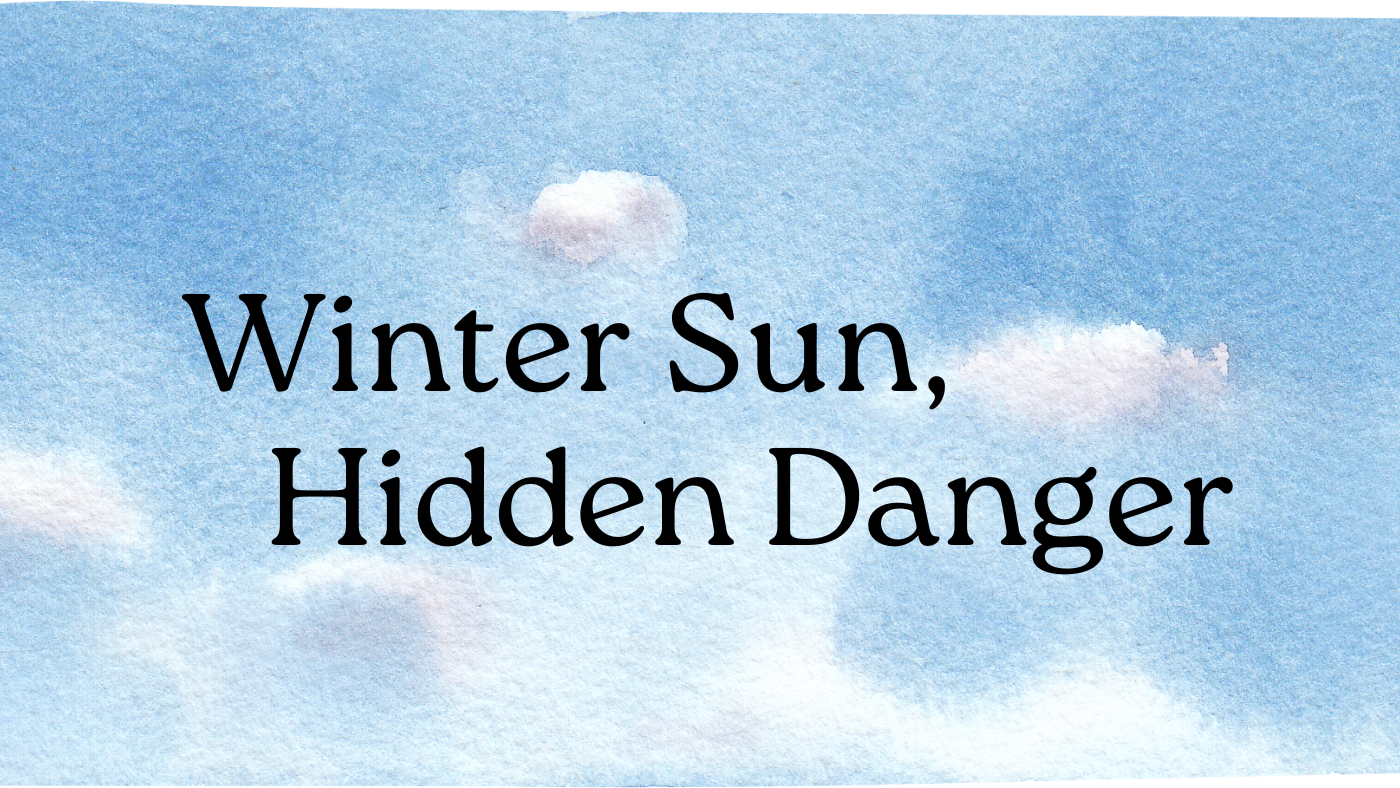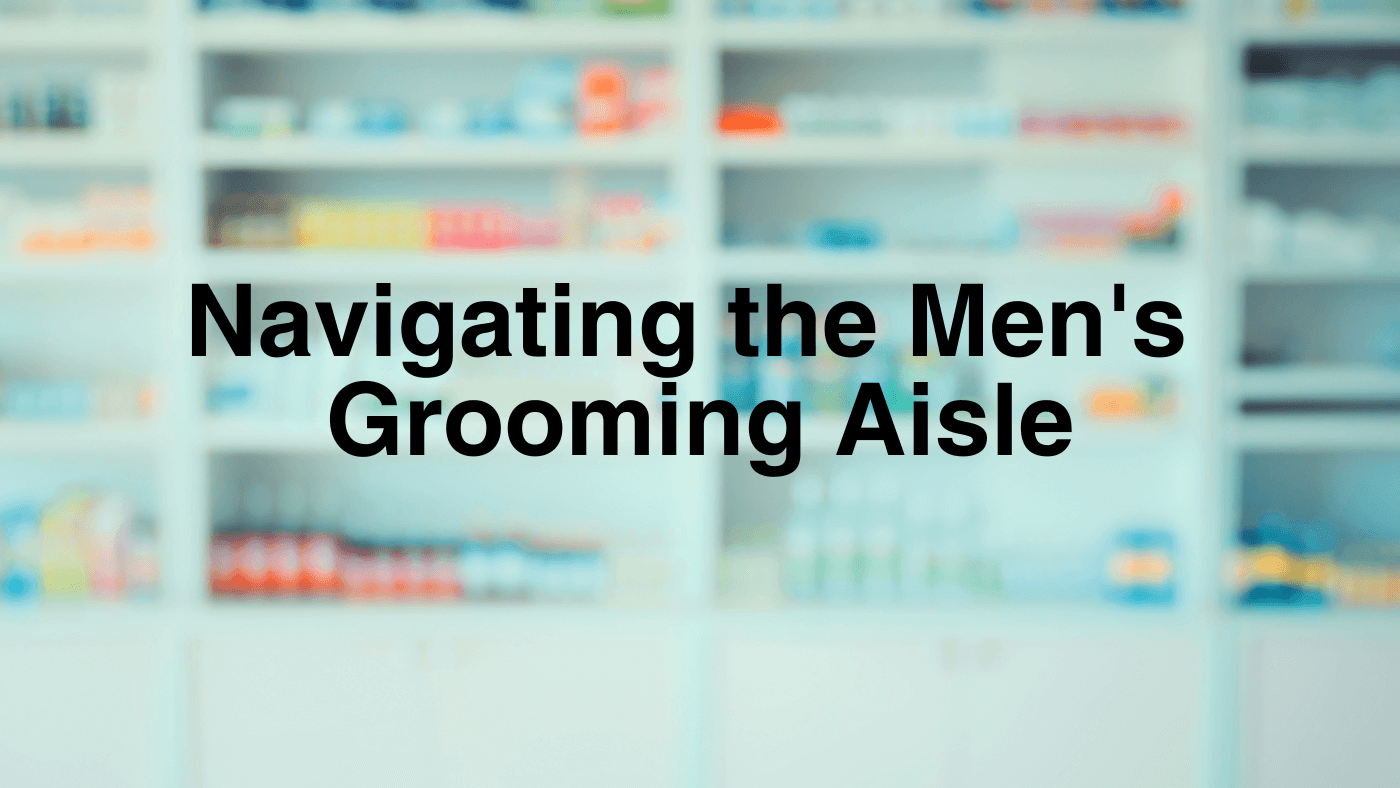While the winter wonderland captivates our senses, it masks an adversary – persistent UV rays. These silent assailants do not relent, regardless of the season, posing a risk to our skin, scalp, and hair. Encased in snug clothing and soothed by the gentle winter sun, it's easy to disregard the unseen, often resulting in inadvertent exposure to harmful ultraviolet rays. By understanding and respecting the power of the winter sun, we step towards safeguarding our health against the silent ravages of UV damage.
Snow's Reflective Power
In its pristine whiteness, snow beautifies the landscapes and substantially enhances UV radiation exposure by reflecting it. Surprisingly, snow can reflect up to 80% of UV rays, dramatically amplifying their impact, especially on unsuspecting skin most vulnerable during outdoor winter activities.

Altitude Effects
Engaging in winter sports often brings us to elevated terrains where the air is thinner and UV rays notably more potent. With every 1000m increase in altitude, UV radiation intensifies by around 10-12%, posing an escalated risk to skiers and mountaineers. This elevation-driven amplification of UV exposure, coupled with physical exertion at higher altitudes, can quietly compromise the skin's integrity, making it necessary to incorporate sun protection into our winter expeditions.
Misconception of Winter Safety
The prevalent notion that the winter sun is benign compared to its summer counterpart is a dangerous misconception that often leads to neglect of sun protection. While it's true that UVB rays, commonly associated with sunburns, are less intense during winter, UVA rays maintain a steady presence throughout the year. The nature of UVA rays, as they penetrate deep into the skin and contribute to premature aging and potential skin cancers, accentuates the vital need for consistent sun protection, even amidst the frigidity of winter.

UV Rays: A Silent, Invisible Threat
UV rays comprise UVA and UVB types, each wielding its spectrum of harm to our skin, albeit in varying ways. UVB rays, primarily associated with visible sunburns and skin reddening, tend to weaken during winter, granting a deceptive sense of safety. On the other hand, UVA rays unwaveringly persist, infiltrating deeper skin layers, disrupting cellular structures, potentially expediting skin aging, and fostering an environment conducive to skin cancers.
UV rays permeate, even under the seemingly benign canopy of cloud cover, with up to 80% of rays infiltrating through clouds, quietly impacting the skin. The invisibility and intangibility of UV rays, especially during the overcast and gloomy days of winter, obscure their continual threat, necessitating informed and habitual protective measures. It is crucial to understand that UV exposure is not solely contingent on sunny days, and overcast conditions do not provide a secure shield against the perils of UV radiation.
Accelerated Aging
Persistent exposure to UVA rays engenders a subtle yet progressive impact on the skin, degrading collagen and undermining its inherent elasticity. This process invariably propels premature aging, ushering in wrinkles, fine lines, and age spots, often earlier than genetically predisposed. Furthermore, the compromised skin struggles to recover and regenerate as efficiently, amplifying the visible signs of aging and gradually diminishing its youthful vigor.
Skin Cancer
The accumulation of UV damage over time doesn't merely manifest aesthetically but harbors a grave potential to culminate into skin cancers, including melanoma. Scientific research persistently underscores the indisputable link between UV exposure and skin cancer, illustrating the magnitude of the risk, even during the ostensibly benign winter months. Thus, shielding the skin from UV rays is not merely a cosmetic consideration but a pivotal preventive strategy against potential carcinogenic transformations.
Winter Dryness
With its cold, dry air, winter inherently saps the skin of its vital moisture, diminishing its defensive capacities and rendering it notably more susceptible to UV damage. The dehydrated and brittle skin surface becomes a less formidable barrier against environmental assaults, not only feeling uncomfortable and looking parched but also exceptionally vulnerable to the infiltration of harmful UV rays. Ensuring the skin is protected from UV rays and amply moisturized is essential in maintaining its health and vitality during winter.

Scalp Vulnerability
Though often concealed beneath our hair, the scalp is susceptible to UV damage, particularly in individuals with thinner hair or balding areas. Exposure without adequate protection may instigate issues ranging from sunburn to developing skin cancers on the scalp. Given the scalp's relative obscurity, it's common for potential problems to go unnoticed until they progress, underpinning the essentiality of preemptive protection and regular check-ups.
Hair Health
While providing some degree of protection to the scalp, your hair is not immune to the impacts of UV rays. Prolonged exposure can degrade the natural proteins that maintain the strength and luster of your hair, leading to weakened, brittle strands and diminished vibrancy. Furthermore, the combination of UV exposure and winter cold can synergistically assault the hair, compounding the damage and making adequate protection and nourishment paramount to preserving hair health.
Sunscreen
Employing a broad-spectrum sunscreen that obstructs both UVA and UVB rays remains paramount, even when winter's chill is in the air. An SPF of at least 30, applied generously to all exposed skin areas, is a fundamental shield against UV damage. Importantly, reapplication every two hours, or more frequently during activities like skiing, where the sunscreen may wear off, ensures sustained protection.
Timely Protection
Mindfulness regarding the timing of outdoor activities, particularly during periods of peak UV intensity (commonly between 10 a.m. and 4 p.m.), further minimizes risk. By opting for early morning or late afternoon engagements wherever possible, you minimize exposure during peak hours, thereby reducing the cumulative impact of UV radiation on your skin, scalp, and hair.
Consistent, focused protection of continually exposed areas, such as the face, neck, and hands, is crucial, given their continual vulnerability to UV assault. Utilizing specific protective products, like lip balms with SPF and moisturizers imbued with sunblock, can offer a dual benefit of nourishment and protection, fortifying these susceptible regions against the silent ravages of UV exposure.
The importance of winter sun protection cannot be overstated, transcending mere skincare and venturing into preserving overall health and well-being. By remaining vigilant, informed, and proactive, we shield ourselves from the immediate impacts of UV exposure and fortify our defenses against the long-term consequences, enabling us to enjoy the serene beauty of winter safely and assuredly.
Sol Style Pomade with UV Protection SPF 33

$12.00
A professional pomade with the benefit of UV protection. Classic styling, medium hold, and a lightweight feel. Smooth, flexible, moisturizing, and rinses out clean. Made in the USA, Paraben-Free and Free Shipping.… read more




